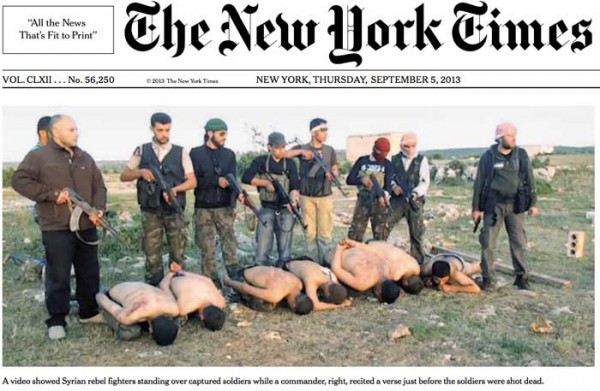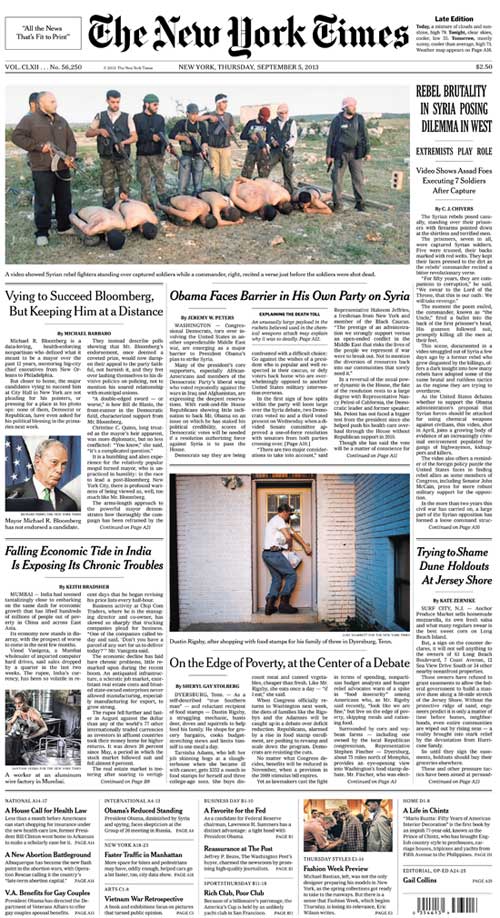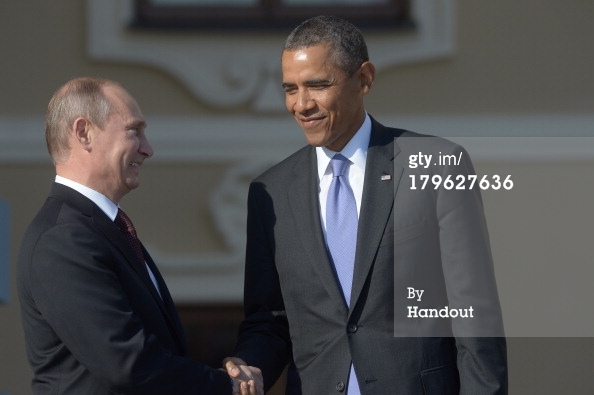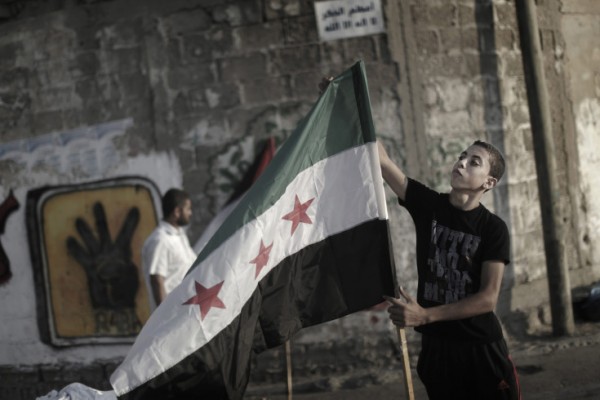Notes
Will this (Random, Dated) Snuff Video Prevent the Attack on Syria?
Because I don’t get the print edition of the NYT, I happened to miss the stunning photo fronting the cover of Thursday’s edition.
How I found it, actually, was from a post at GlobalResearch.com, originally posted at SyrianNews.cc, titled “Will this Photo prevent the Attack on Syria?” If sympathetic to the Syrian government, the post posits the question whether (this) one image could actually prevent the United States from going to war. Citing how of the iconic Eddie Adam photo of a suspected member of the Vietcong being shot in the head crystallized domestic anti-war sentiment, the author applies the same question to the image splashed across five columns of The New York Times. How, the question is asked, could the American people support intervention when this photo shows the barbarity of the rebels clearly executing Syrian government soldiers? What could be less ambiguous than that? And what could be more responsible and conscientious than The Times publishing it at this delicate moment?
I have to admit, the image also stopped me in my tracks. As blasphemous as it is, the scene drives home what I’ve read and heard from various photographer friends about how the factions in the Syrian conflict mostly range from bad to worse, the hope for democracy now a quaint afterthought. How much more definitive can you get, this image of a rebel avenging the presumed killing of his father years ago by the forces of Hafez al-Assad summarily killing government soldiers. Eddie Adams yes, with a mixture — given such lean bodies and systematization — of the Holocaust.
But where did the photo come from? It’s credited to a mysterious, disaffected soldier of the so-called commander but, citing self-preservation, there is no name. Attempts over two days last week to contact the commander were reported as also fruitless.
Images like this, placed in such a high profile way as this, at such a delicate time as this, can send shock waves and perhaps can the tip balance, can effect history. If and when they do, however, it’s not because people are necessarily studying the captions or reading the accompanying story, especially if the image has so much qualification to it that the story is as much or more about the imagery and its province than about the politics it illustrates.
That’s the case here. While on first pass, it might take your legs out and your breath away, this screen shot, and the video it’s drawn from, generates so many questions about the context and the scene that the larger point almost gets lost. The main point from this single unnamed source with a cellphone video and who-knows-what agenda, is that an alleged rebel band leader/commander and former livestock herder is purported to have killed seven Syrian government soldiers in cold blood a few months ago. But then, that’s the understanding before the correction added to the article a day later informs us that the video is actually not recent at all, but at least a year-and-a-quarter old. What that discrepancy implies for the other assumed facts and motives is not elaborated. What is more clear however is how quickly the analogy to the Vietnam image starts to dissemble, as the most this imagery can do, in its lack of focus and context, is to catalyze our confusion.
While noting the correction by The Times as an “embarrassing mistake” without explanation, The Daily Beast still goes on to play up the imagery as potentially decisive in whether America goes to war. The piece (Syria Video Turns the Debate on U.S. Intervention) mentions John Kerry’s notice of it and the fact — as if a key omission on the President’s part — that Obama has yet to weigh in on it. But think about it for a moment. If going to war or not turns on an approximately fifteen-month-old video of questionable origin — and who even knows why its turning up now, not to mention its use on Thursday as a cautionary editorial vehicle in the guise of a news item — haven’t we got a lot bigger understanding gap, and a susceptibility to random emotional stimulus, than anyone cares to recognize?
Will respect to the historic Eddie Adams photograph, as well as everything so vitally at stake here, the bar for decisive imagery remains much higher.




Reactions
Comments Powered by Disqus